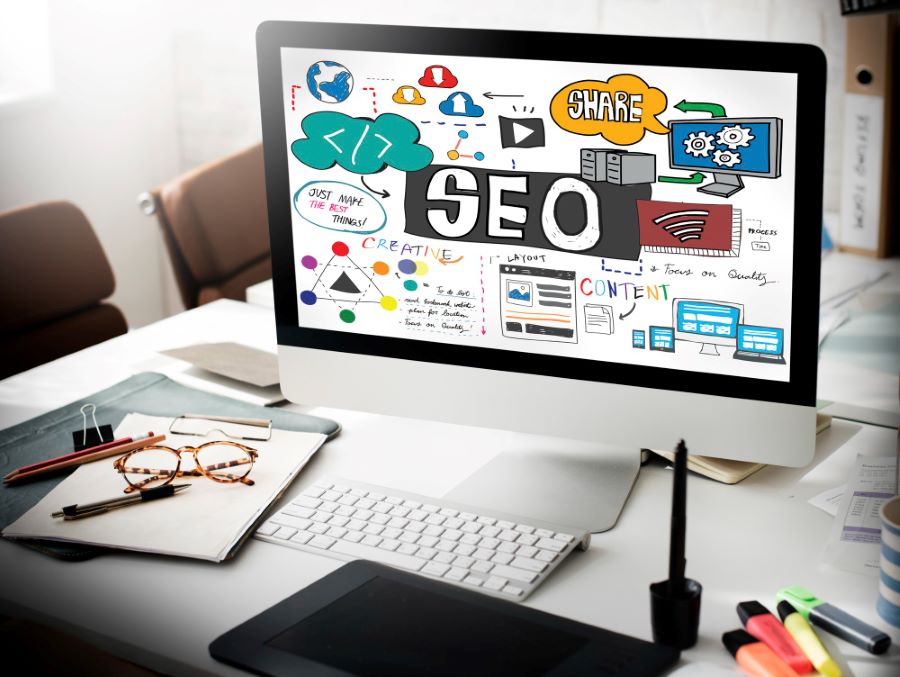When digital presence is at the forefront of business success, it’s hard to overestimate the importance of website performance. For the tech-savvy audience of itpeople.lv, a platform that successfully offers wise advice on computers and related technologies, it is essential to understand how to adjust website speed.
This article focuses on website speed optimization, a critical component in improving user experience, increasing search engine rankings, and boosting conversion rates. Here, we will discuss the importance of site speed optimization for e-commerce businesses and provide valuable insights to achieve a streamlined and efficient online presence.
The criticality of site speed
In a fast-changing digital world, patience is a scarce commodity. Users expect information quickly, so website load times are critical to user experience.
A delay of just a few seconds can increase bounce rates as visitors are likelier to leave a site that tests their patience. Moreover, search engines like Google have clarified that site speed is essential in ranking algorithms.
Thus reinforcing the need to optimize speed as a dual-purpose measure. The main objectives are to improve the user experience and, simultaneously, to improve search engine visibility.

Enhancing user experience – making first impressions last
Your first impression of a website can be your last if it doesn’t load quickly. Optimizing site speed ensures that visitors are greeted with a responsive, accessible site that positively impacts their browsing experience.
This section highlights the direct correlation between fast load times and user satisfaction. Detailing how improved site speed can reduce bounce rates and encourage deeper engagement with content.
Search engine ranking – climbing the SEO ladder
Search engines (SEO) prioritize the user experience, and site speed is a crucial determinant of that experience. Faster sites are ranked higher in search results.
Speed optimization is an indispensable strategy for those wishing to increase their online visibility. This section looks at how search engines evaluate the speed of a website and how this affects search engine optimization (SEO) efforts.
Understanding search engine priorities
Search engines, led by Google, are constantly evolving to meet users’ needs for instant access to information. Google PageSpeed Insights and Core Web Vitals are prime tools designed to help web admins understand and improve site load speed and overall user experience.
These metrics measure intrinsic local performance aspects, for example, most extensive content color (LCP), which measures load performance, and first input delay (FID), which measures interactivity. And cumulative layout shift (CLS), which measures visual stability. Websites that excel in these areas are more likely to rank higher in search results, proving that speed optimization is crucial for SEO success.
Practical tips for optimizing page load times
Achieving optimal site speed requires a multi-faceted approach, covering everything from image compression’s technical aspects to code optimization’s nuances. Here are practical tips to reduce page load times, including:
- Compressing images: Large image files can slow down a website considerably. Techniques such as lossy compression can reduce file sizes without compromising quality.
- CSS and JavaScript file reduction: Removing unnecessary characters from code can reduce file size and speed up parsing, compilation, and execution.
- Using browser caching: By storing parts of a website locally in the user’s browser, repeat visits can be made much faster.
- SEO mobile optimization: With mobile browsing on the rise, ensuring your website is mobile-friendly is vital. This not only improves the user experience but also impacts mobile search rankings..

Impact on conversion rates – speed translates success
There is no denying the direct correlation between site speed and conversion rates – faster sites lead to higher user engagement and satisfaction, thus increasing conversion rates. A fast-loading site reduces frustration and encourages users to explore more, buy products, or sign up for services, effectively reducing bounce rates and abandoned transactions.
In addition, improved site speed improves the perception of brand credibility and professionalism, persuading users to convert. Finally, by optimizing site speed, companies can significantly increase their profits by making speed a technical necessity and an important business strategy.
Trending technologies in site speed optimization
For Itpeople.lv’s technologically inclined readers, understanding the latest trends and technologies in website speed optimization provides a competitive advantage. New tools and practices, such as the introduction of next-generation image formats (e.g., WebP) and the implementation of advanced caching strategies, show how continuous awareness can significantly improve the performance of websites.
Site speed optimization
For the demanding itpeople.lv optimizing site speed is not just a task – it’s an ongoing commitment to excellence in the digital space. The benefits of a fast and seamless website go beyond simple convenience. It promotes a positive user experience, improves search engine rankings, and significantly increases conversion rates.
Using the strategies and technologies outlined in this article, e-commerce websites can meet and exceed the expectations of increasingly demanding users. It is ensuring a successful online presence in a competitive digital marketplace.
Please check out this article too:
